Whether you're cruising city streets on slim tires or conquering off-road trails with fat tires, proper tire pressure is crucial for safety, performance, and tire longevity. Getting your PSI right can mean the difference between a smooth, efficient ride and a frustrating, potentially dangerous experience.
Many cyclists underestimate the impact of tire pressure on their riding experience. The wrong PSI can lead to poor traction, increased rolling resistance, faster tire wear, and even tire damage. This comprehensive guide will help you understand exactly how to maintain optimal tire pressure for both slim and fat tires.
Quick Takeaway
Slim tires (40-65 PSI) are perfect for speed and efficiency on pavement, while fat tires (15-30 PSI) excel at grip and comfort on rough terrain. The key is checking pressure regularly and adjusting for your riding conditions.
⚡ How to Tell When Your Tires Need Air
Regular tire pressure checks are essential, but these signs can help you identify low pressure between scheduled maintenance.
👀 Visual Check:
Tires look flat or squished under the rim = time to inflate.
🚲 Ride Feel:
If the ride feels sluggish or bouncy, tire pressure is likely low.
🔄 Routine Check:
Every 1–2 weeks or before a long ride.
Slim Tires vs Fat Tires - PSI Ranges
Understanding the optimal pressure ranges for different tire types is crucial for performance and safety.
| Tire Type | PSI Range | Common Use | Benefits |
|---|---|---|---|
| Slim (20–26") | 40–65 PSI | Urban commuting | Speed, efficiency, smooth pavement performance |
| Fat (26x4") | 15–30 PSI | Off-road, beach, snow | Traction, comfort, terrain adaptability |
📝 Pro Tip: Higher PSI = faster, smoother on pavement. Lower PSI = more grip on rough terrain. Adjust within the recommended range based on your weight, riding style, and terrain conditions.
Step-by-Step Inflation Guide
Follow these three simple steps to properly inflate your tires and maintain optimal pressure.
Check PSI Recommendation
Look on the sidewall of your tire for the manufacturer's recommended PSI range. This is your starting point for optimal pressure.
Use a Pressure Gauge
Use a reliable pressure gauge or digital pump to monitor PSI accurately. Analog gauges can lose calibration over time.
Inflate Slowly and Check Often
Add air gradually and check pressure frequently. It's easier to add air than to remove it, and overinflation can be dangerous.
Essential Tools for Tire Maintenance
Having the right tools makes tire maintenance quick, easy, and accurate.
Best for home use. More accurate and easier to use than portable pumps.
Perfect for convenience. Great for road trips and emergency inflation.
Most accurate option. Essential for precise pressure monitoring.
⚠️ Critical Safety Guidelines
Avoid these common mistakes that can compromise safety and performance.
Don't overinflate fat tires — This reduces the tire's contact patch, dramatically decreasing traction and making the ride harsh and unstable.
Don't underinflate slim tires — Low pressure increases the risk of pinch flats (snake bites) and makes pedaling significantly harder.
Clean the valve stem before inflation — Dirt and debris can prevent proper sealing and cause air leaks. A quick wipe ensures a tight seal.
Keep Rolling with Confidence
Proper tire pressure is one of the simplest yet most impactful maintenance tasks you can perform. Whether you're commuting on slim tires or exploring trails with fat tires, maintaining optimal PSI ensures better performance, increased safety, and longer tire life.
Ready to upgrade your ride?
Explore Cyrusher's range of e-bikes designed for every terrain and riding style.


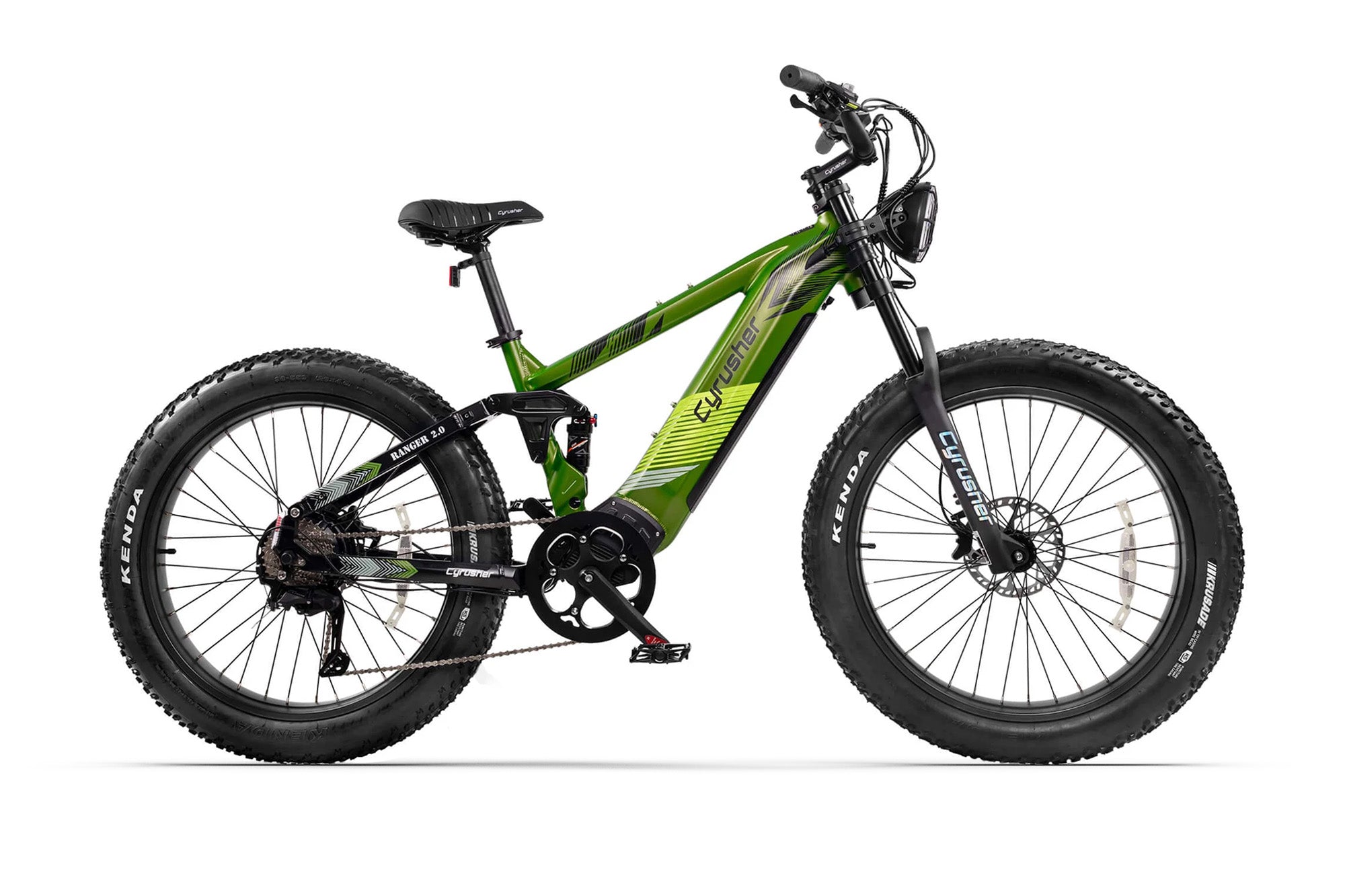
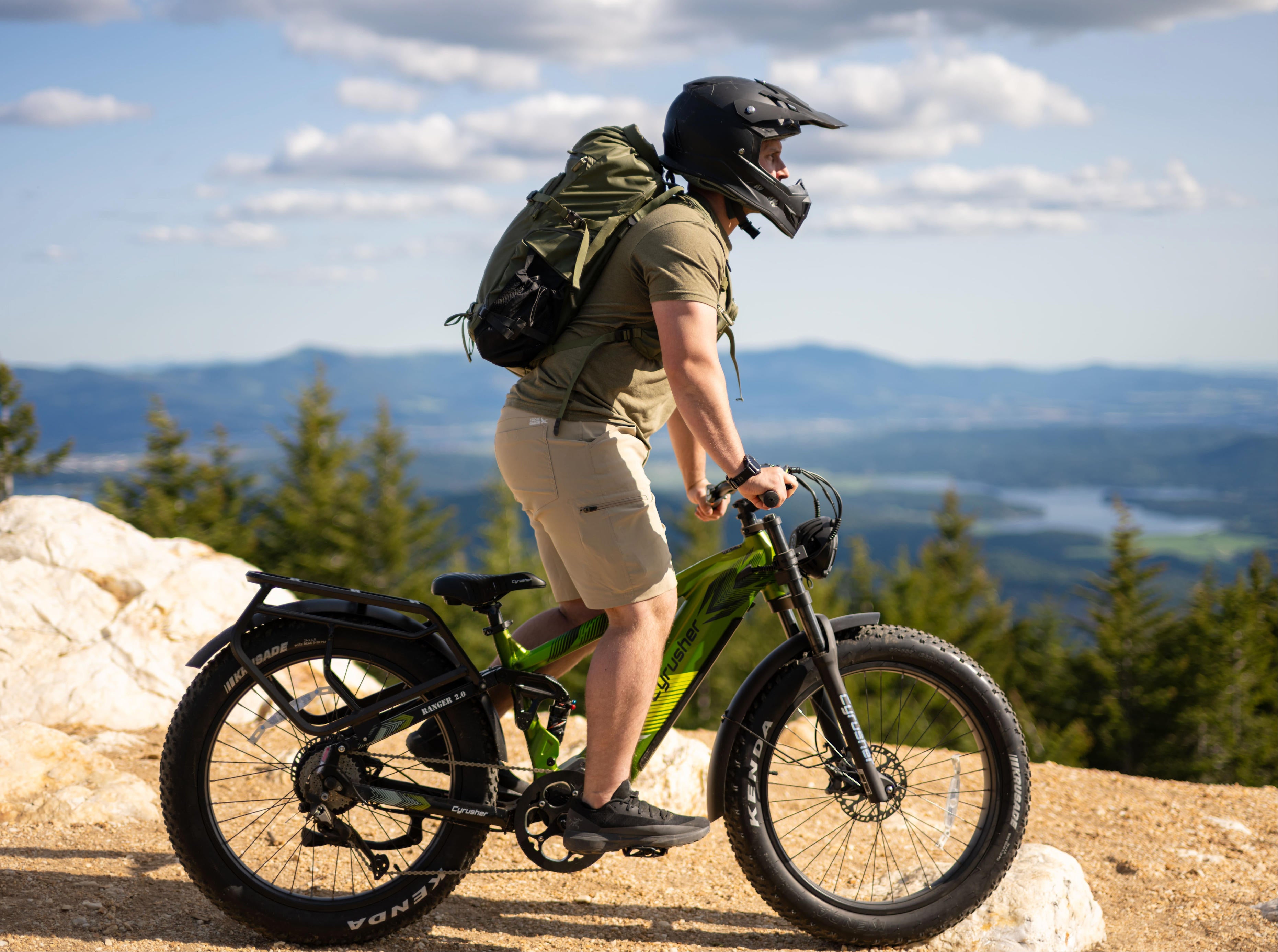
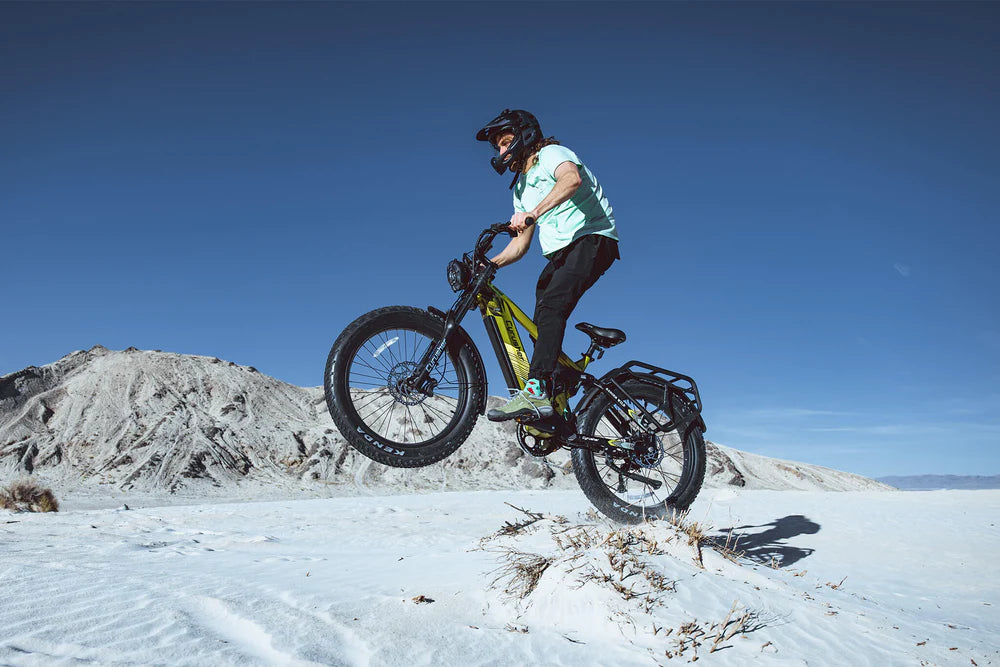
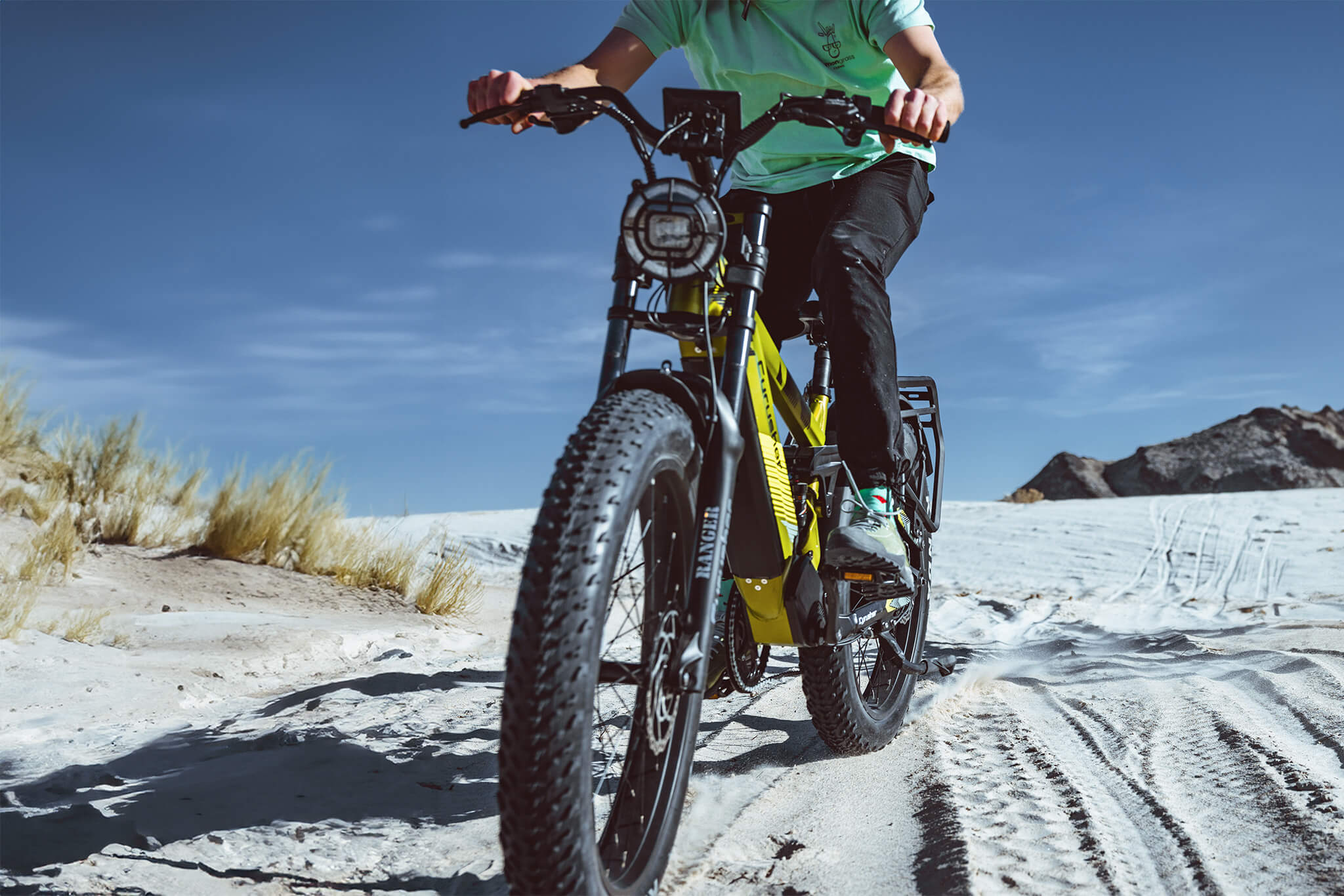
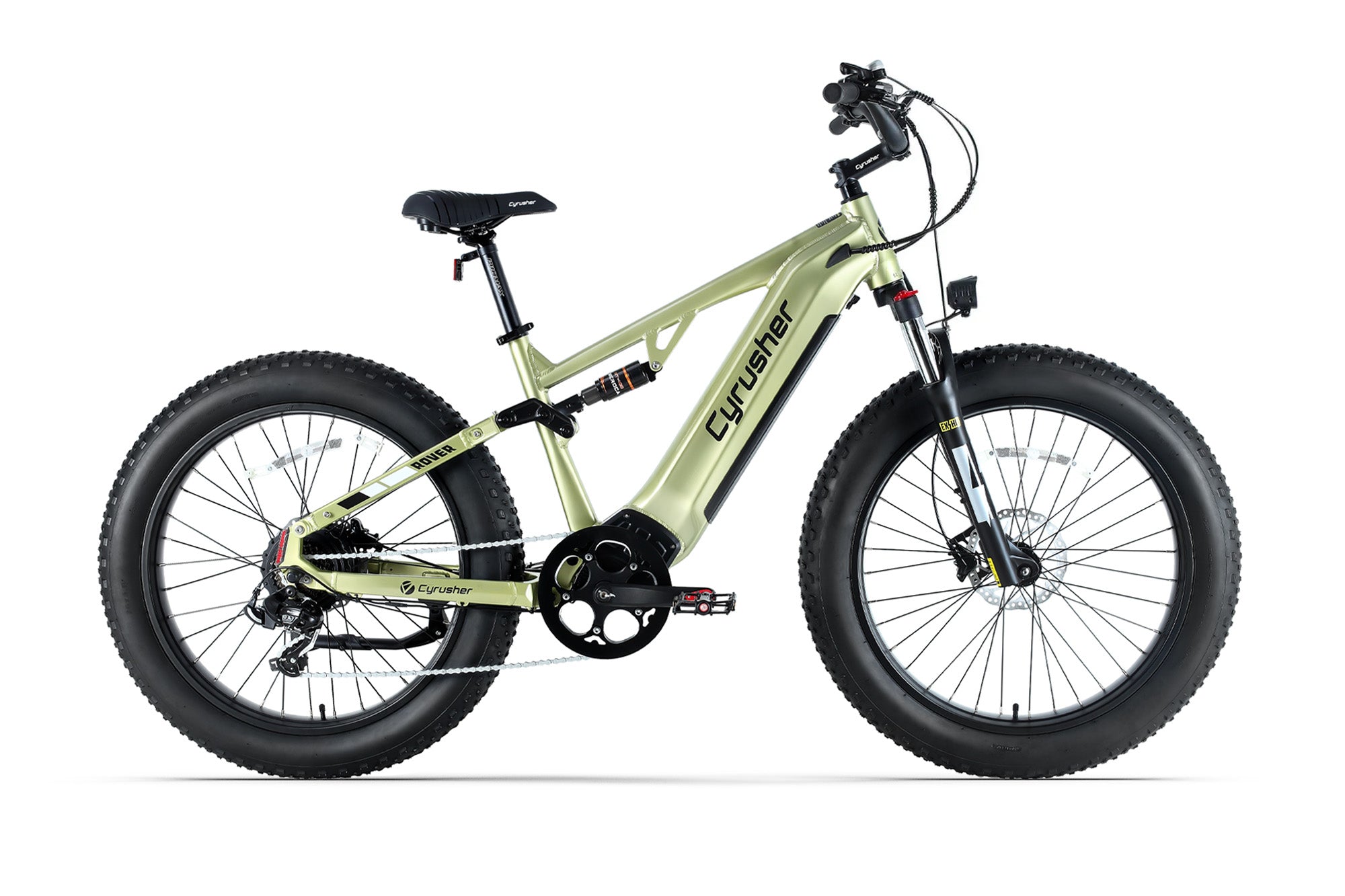
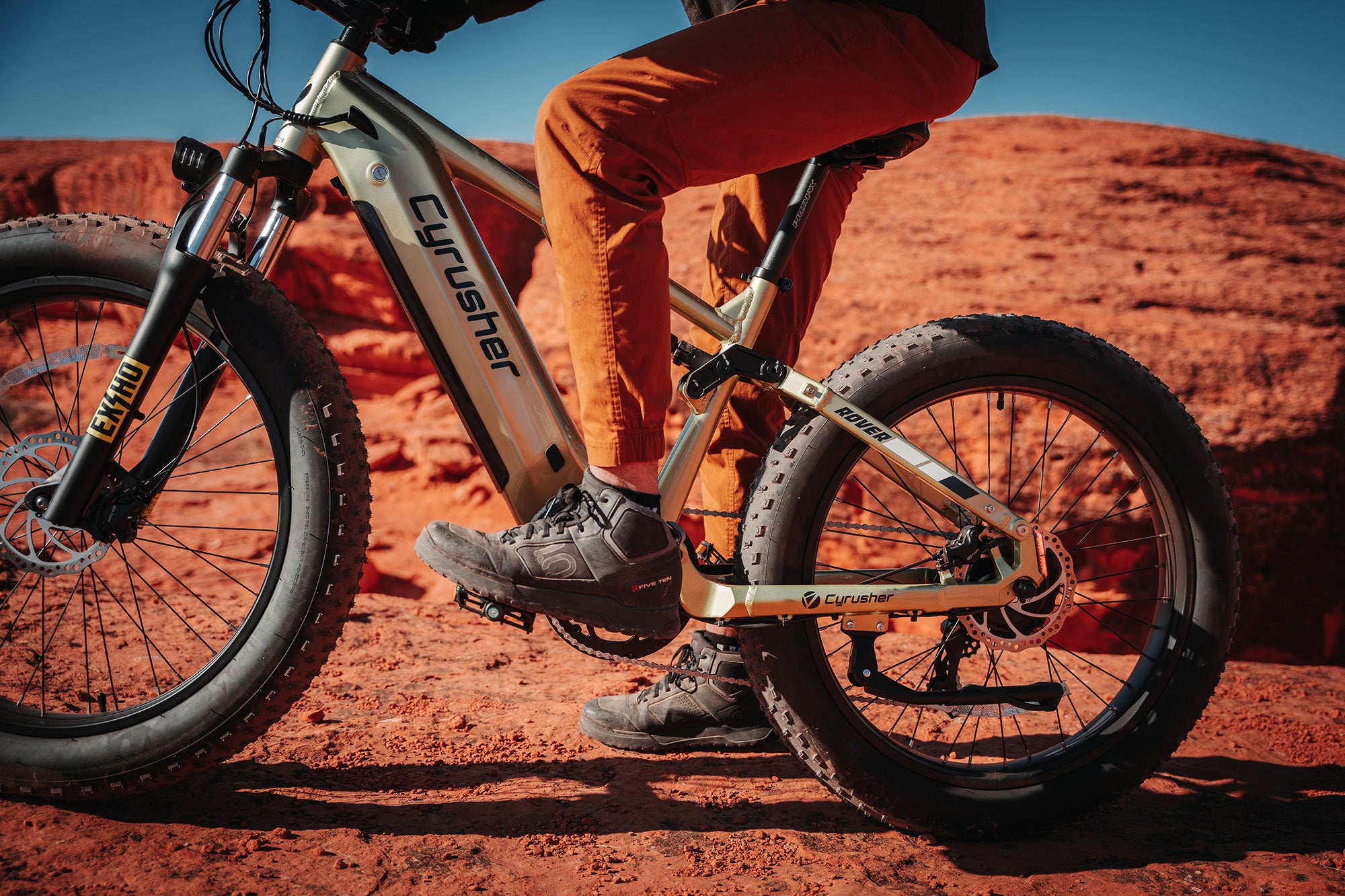
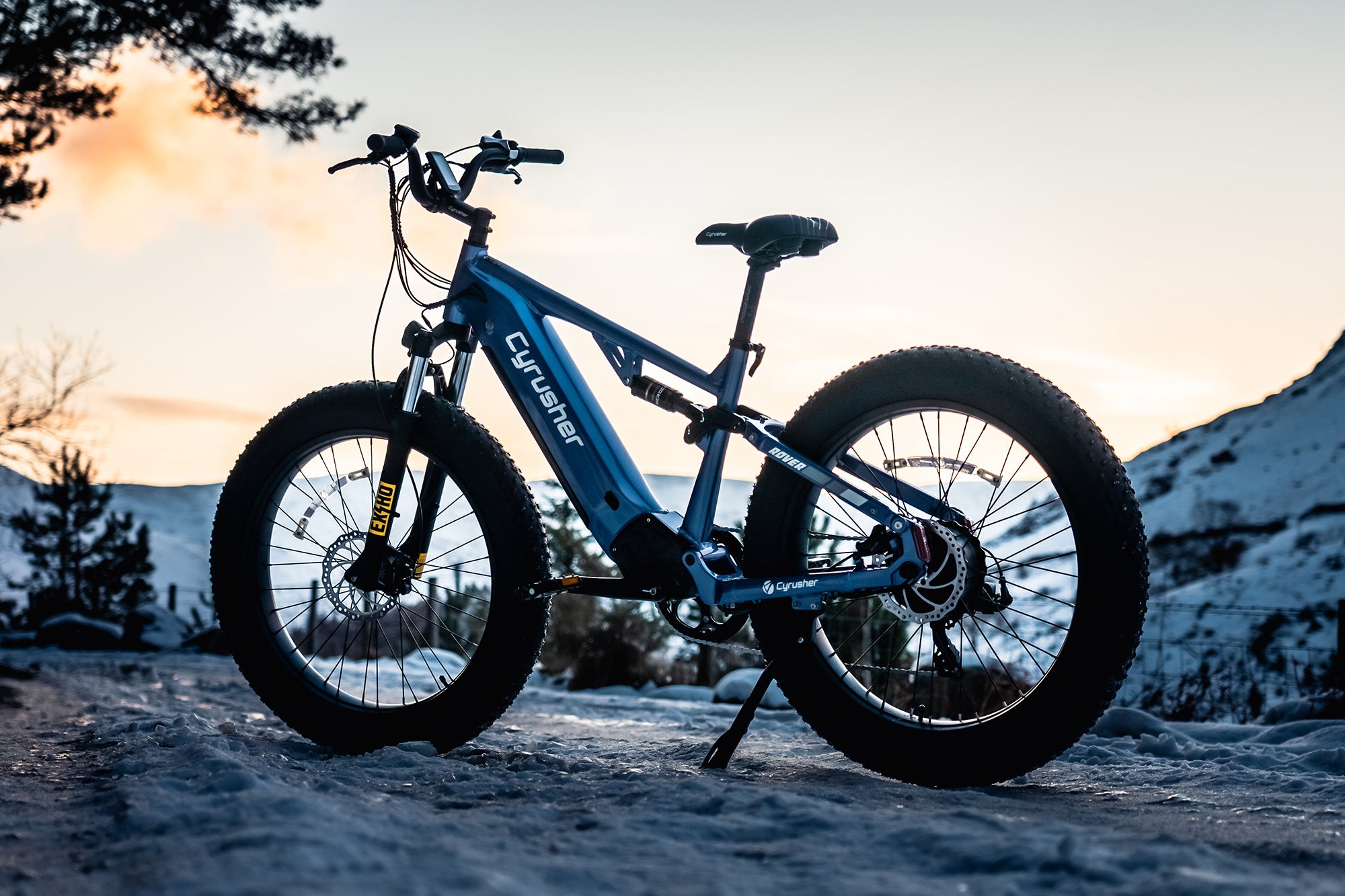
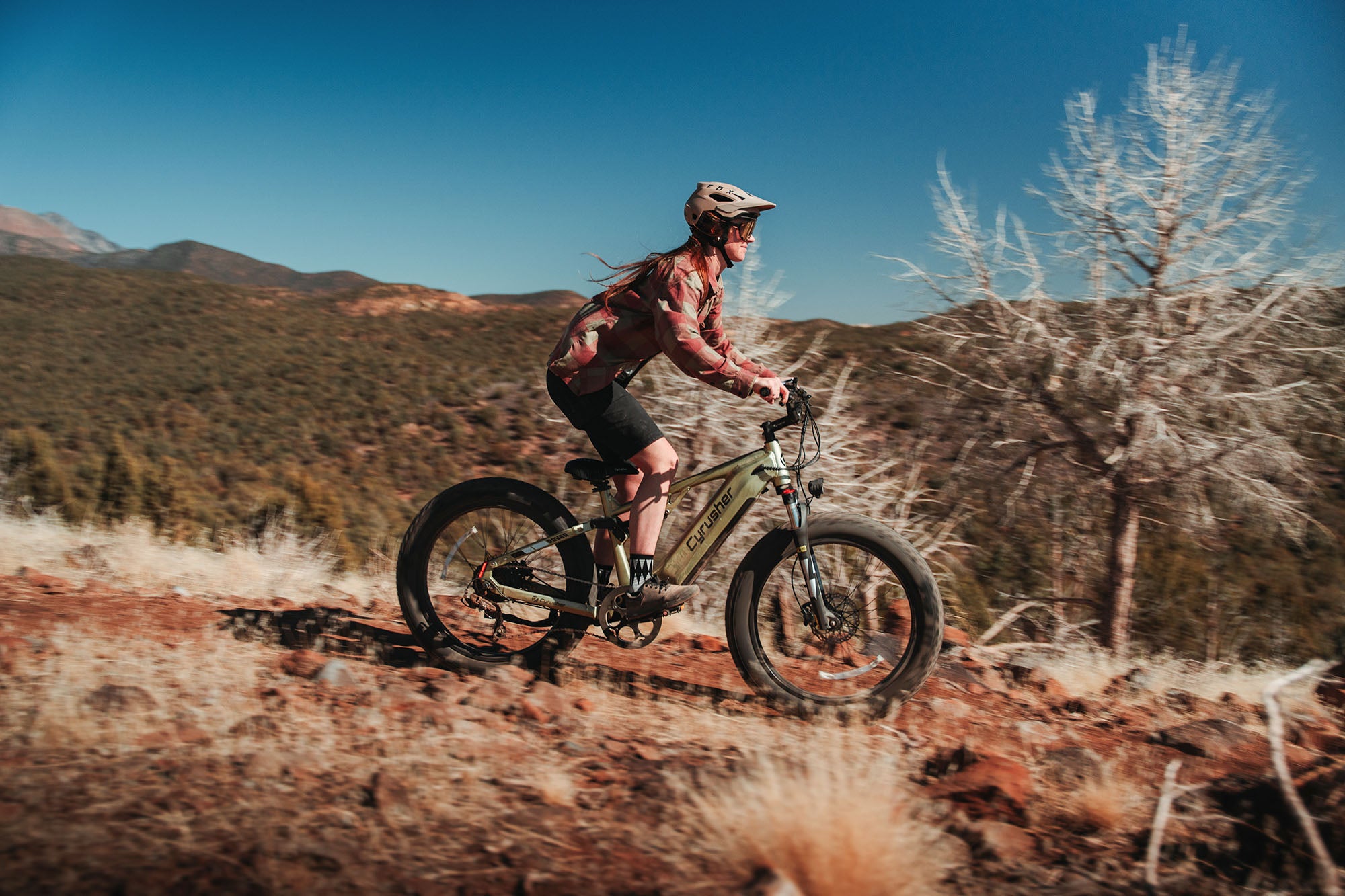
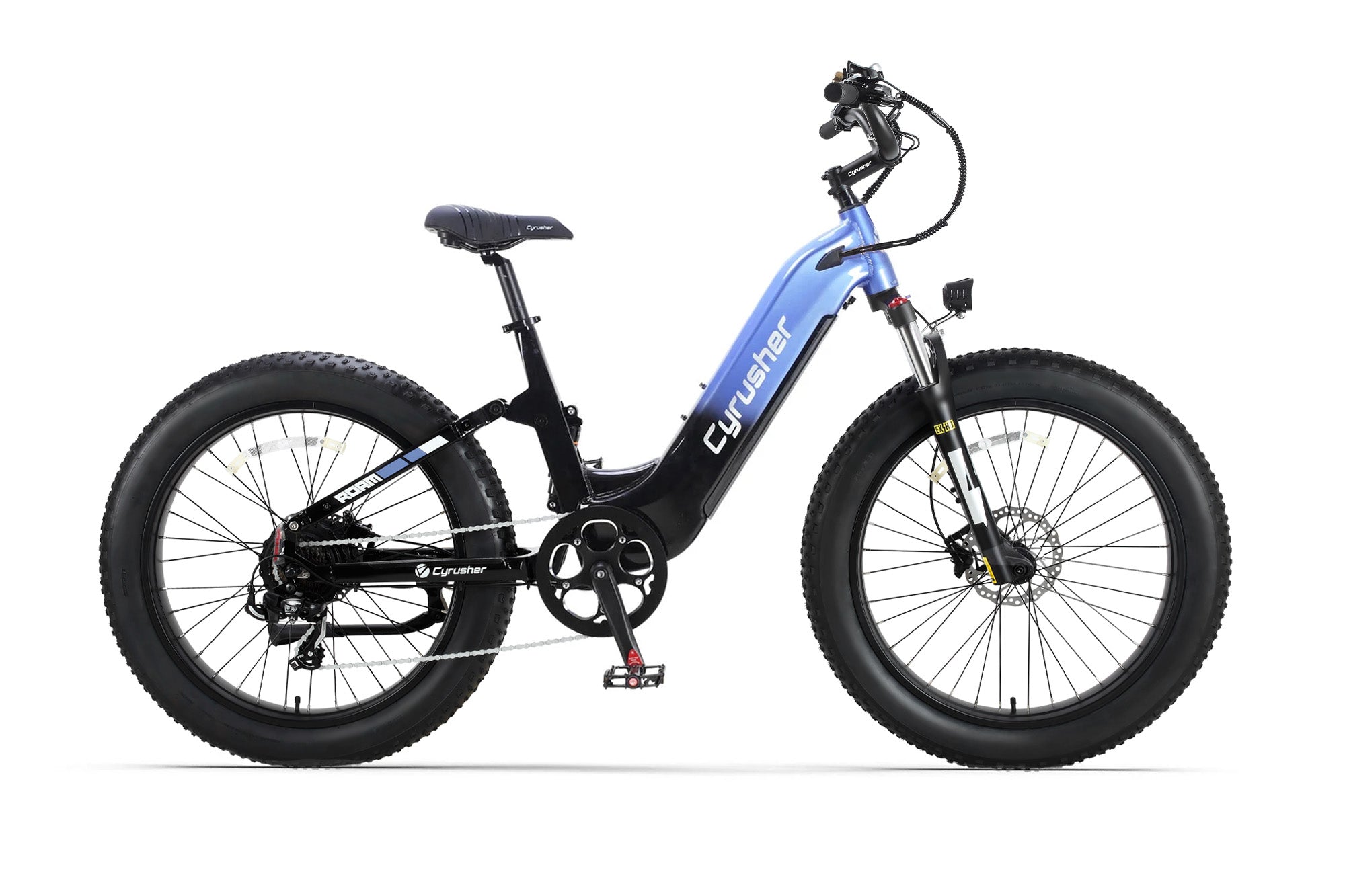
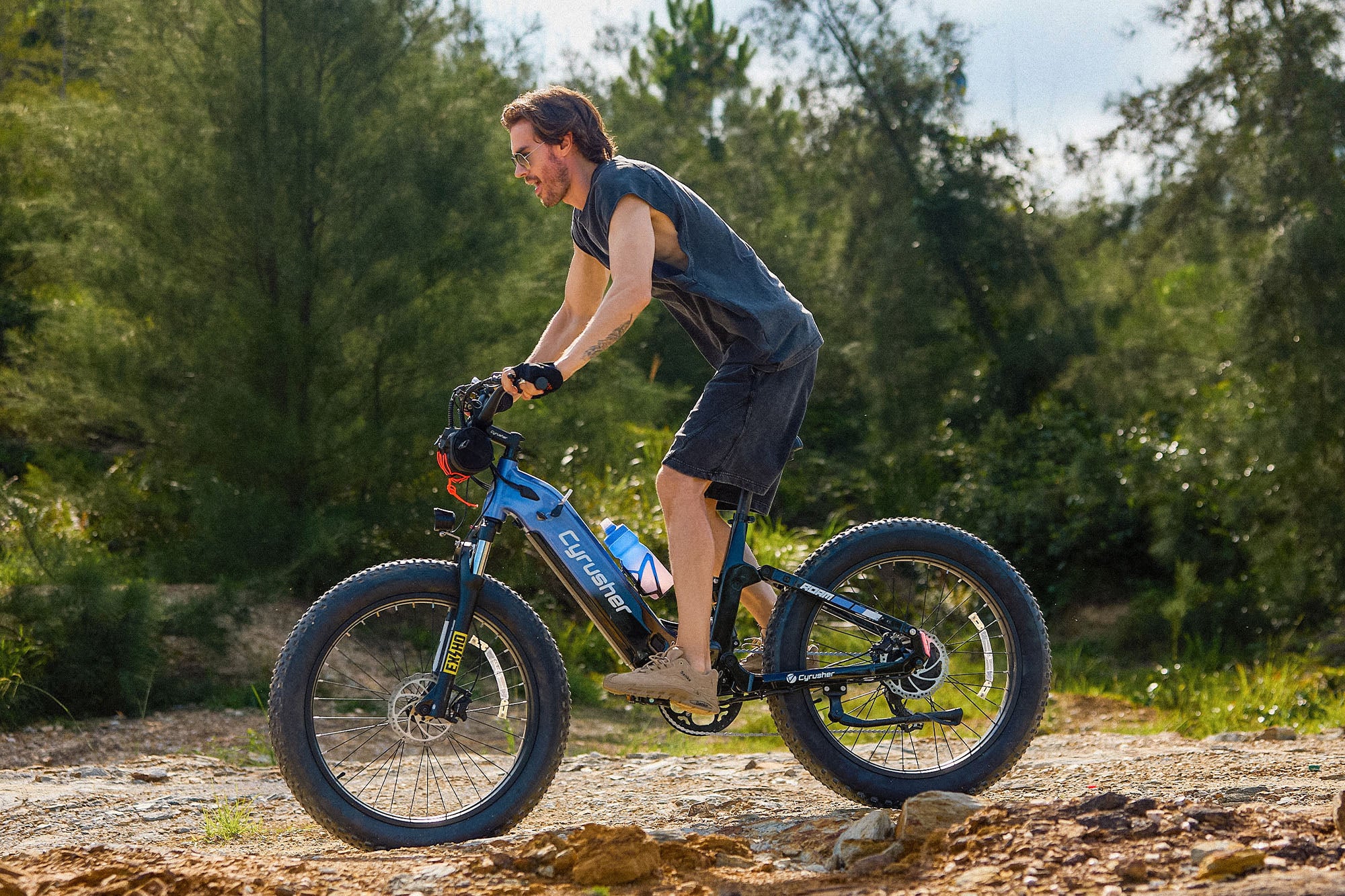
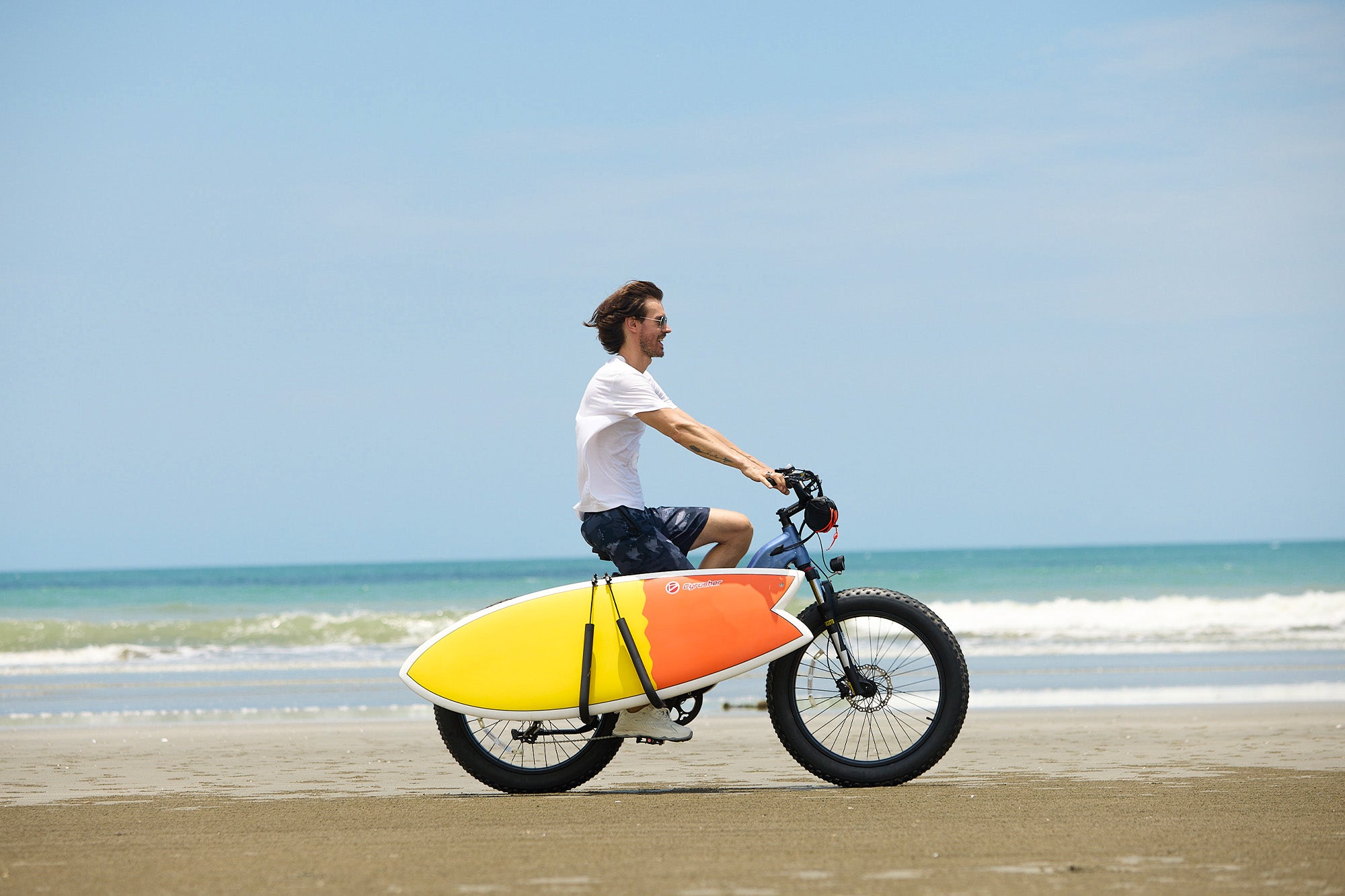
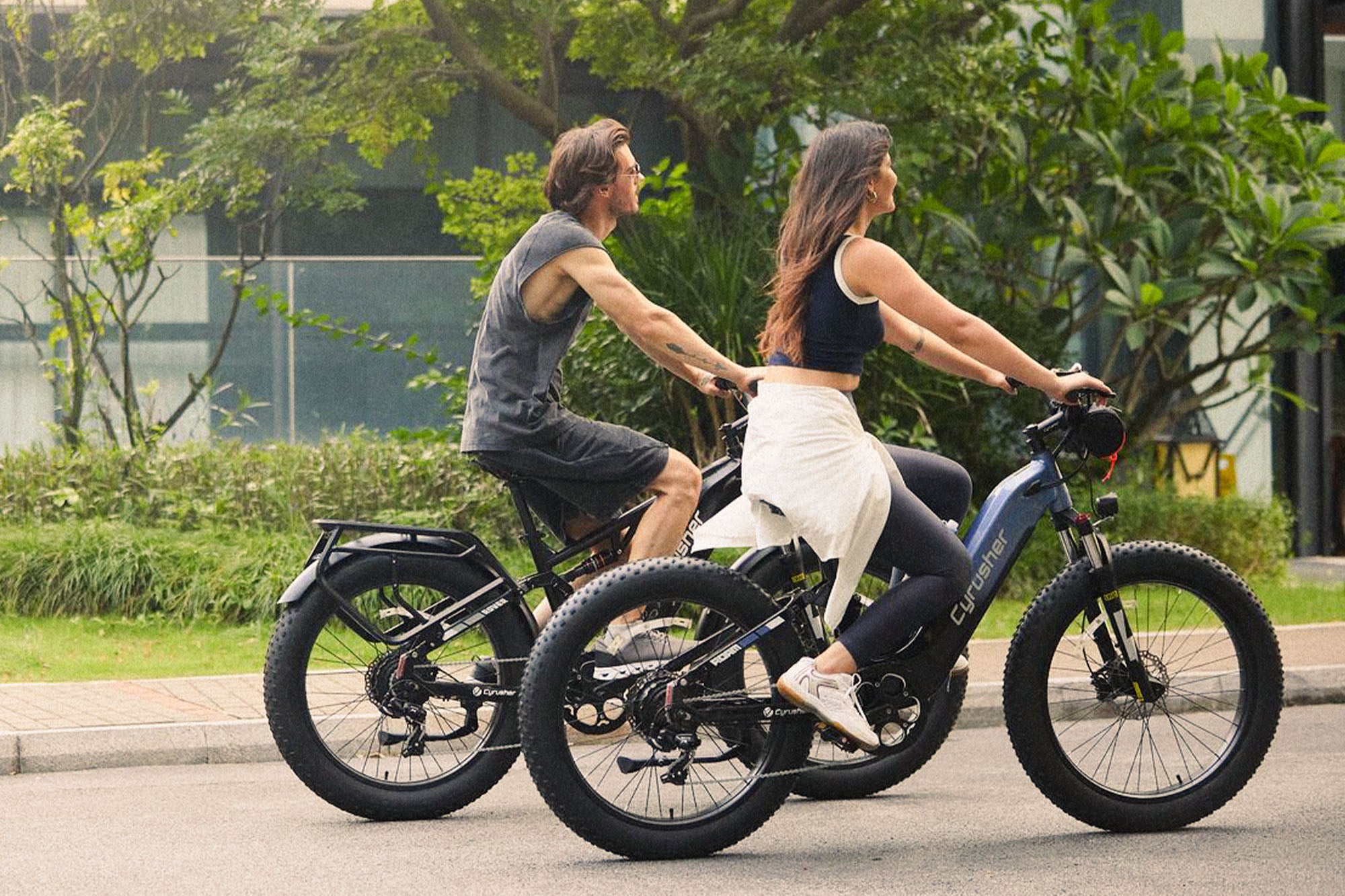



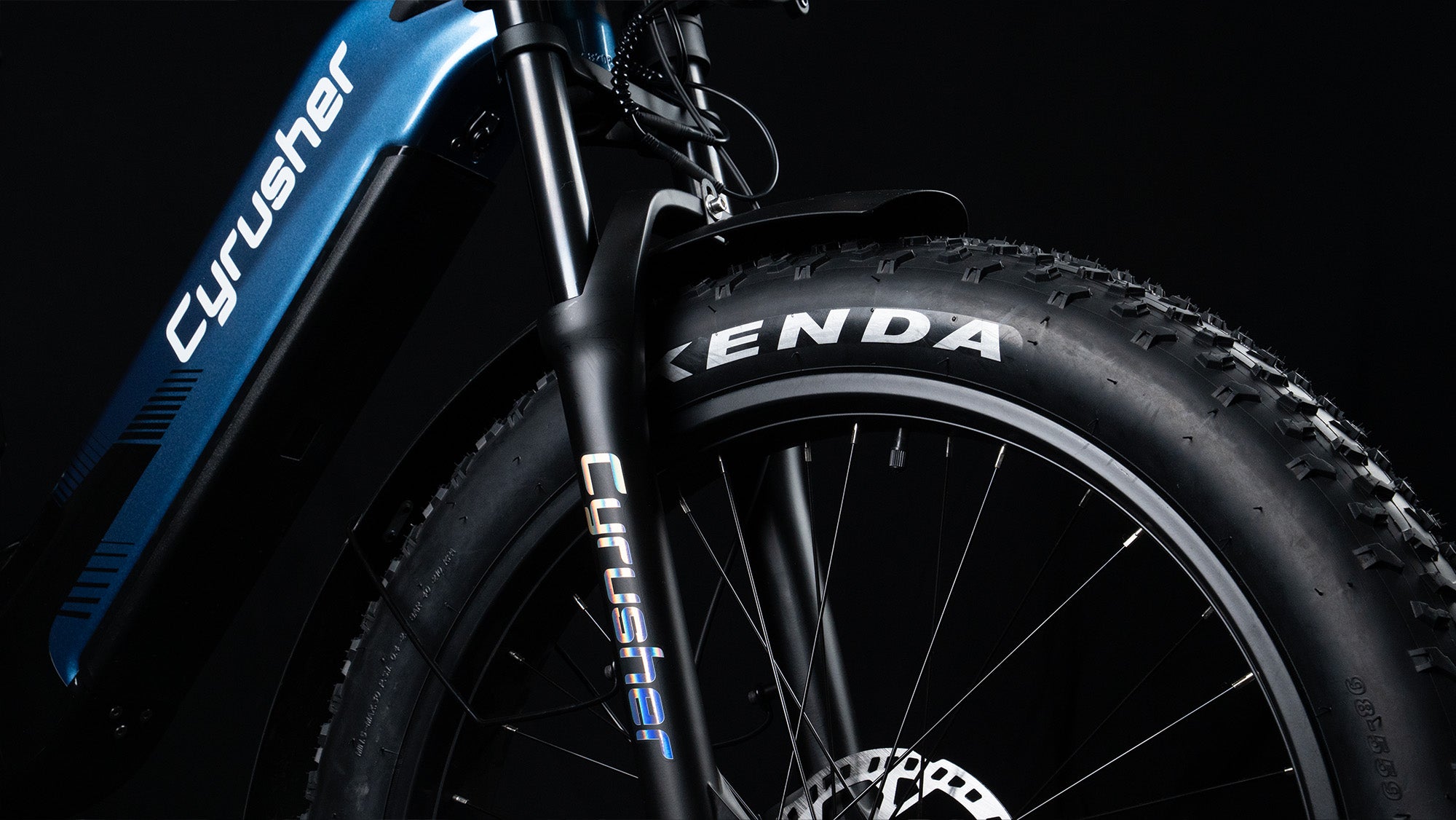

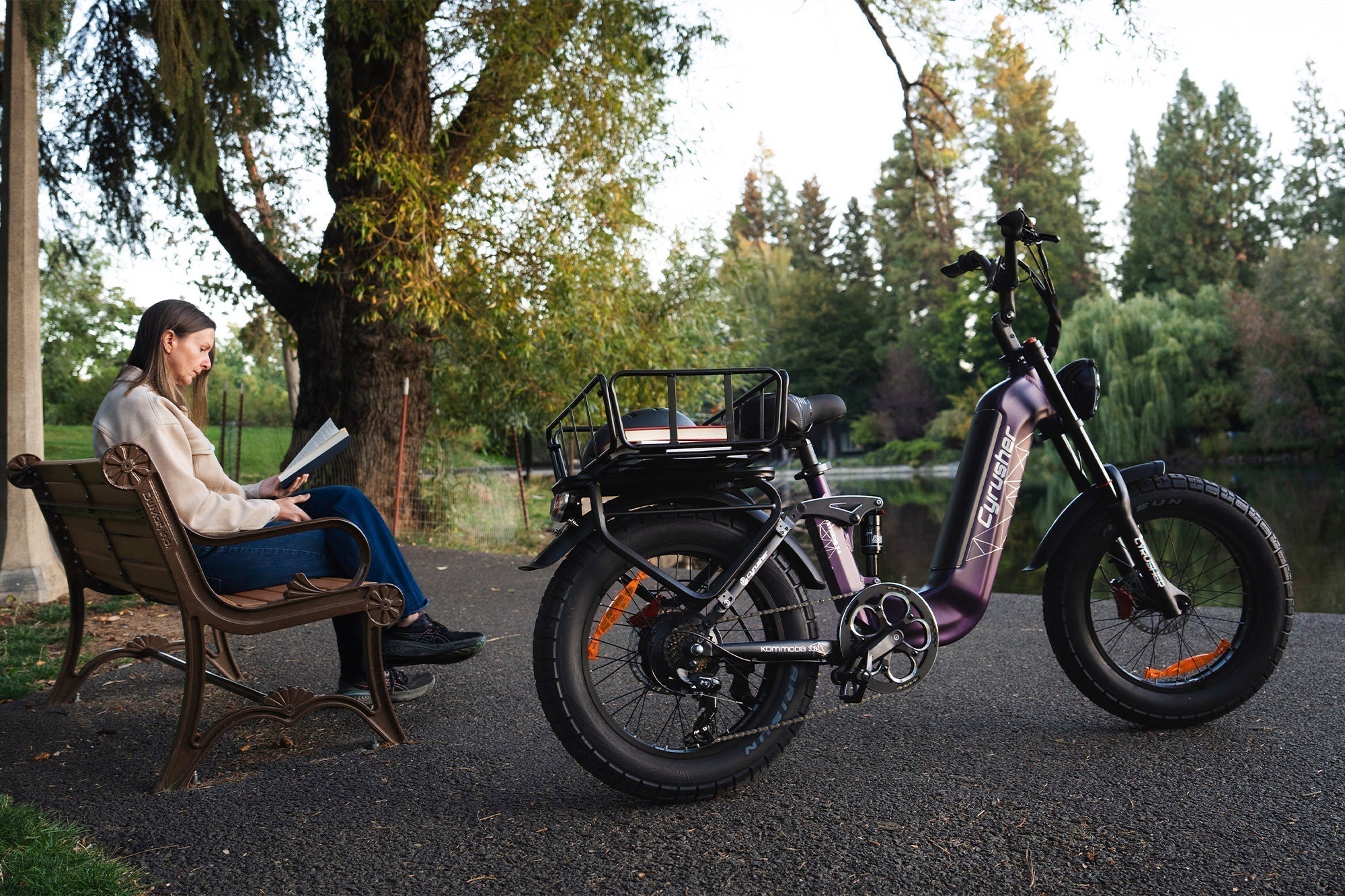
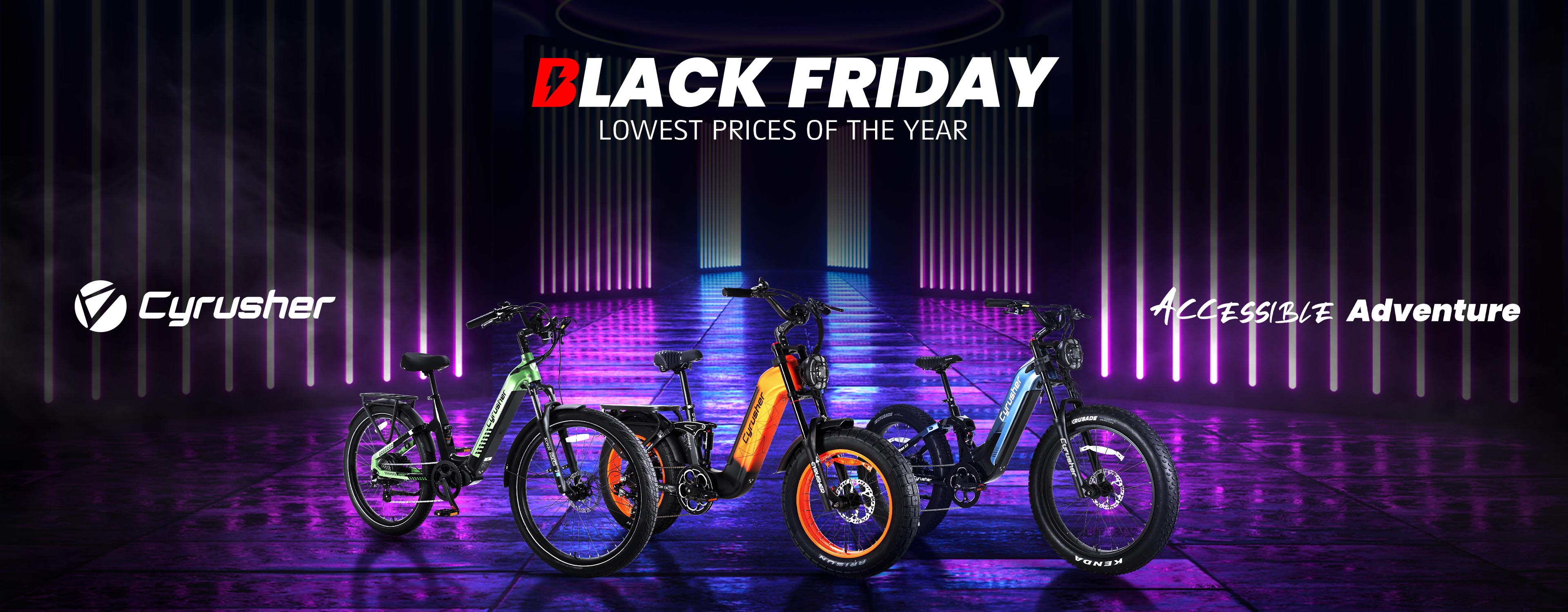
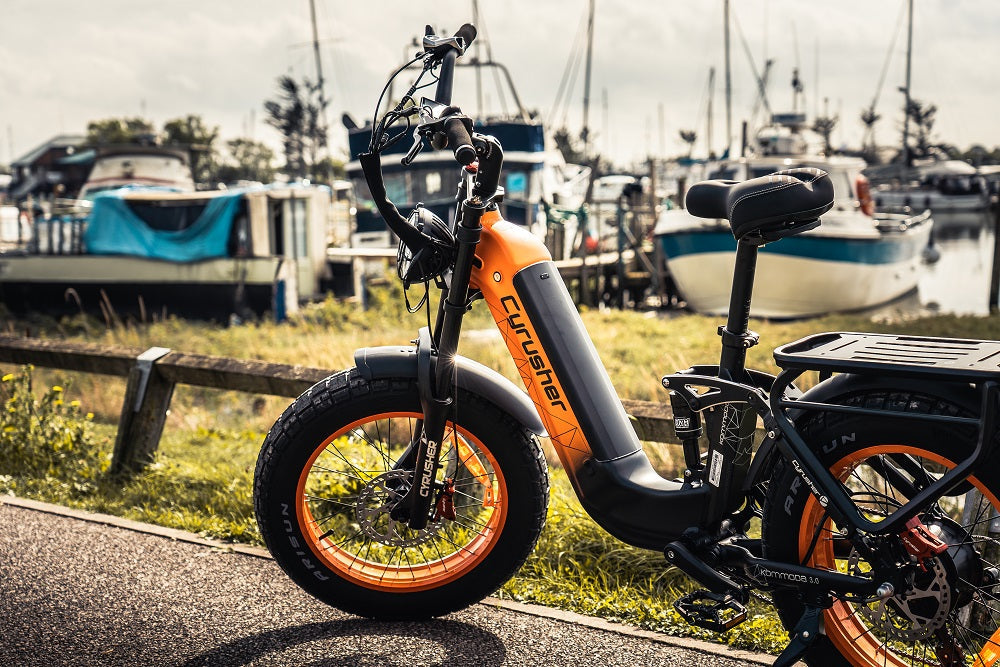
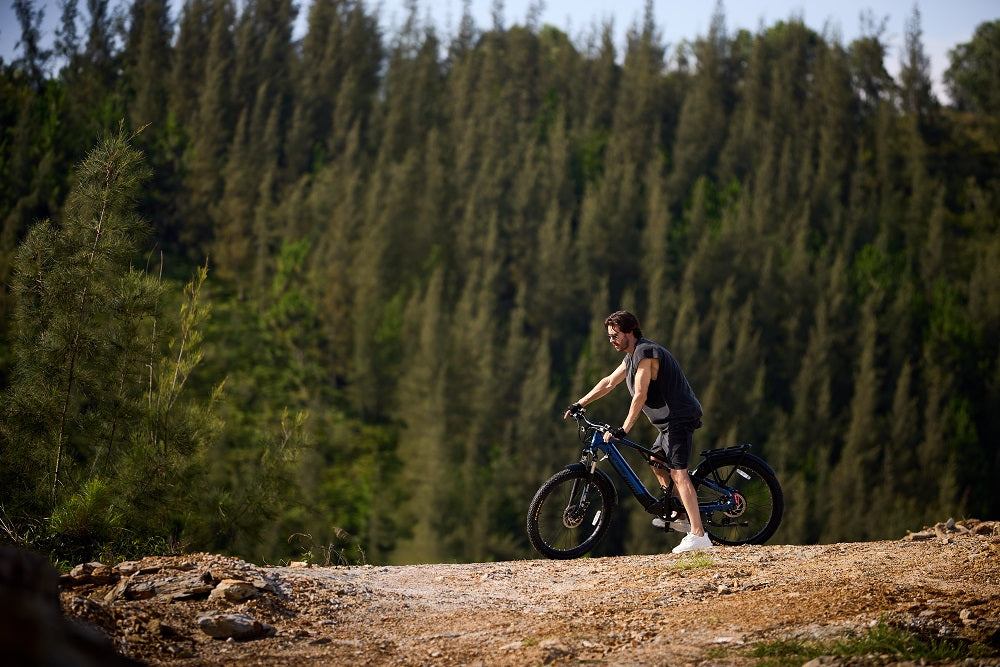
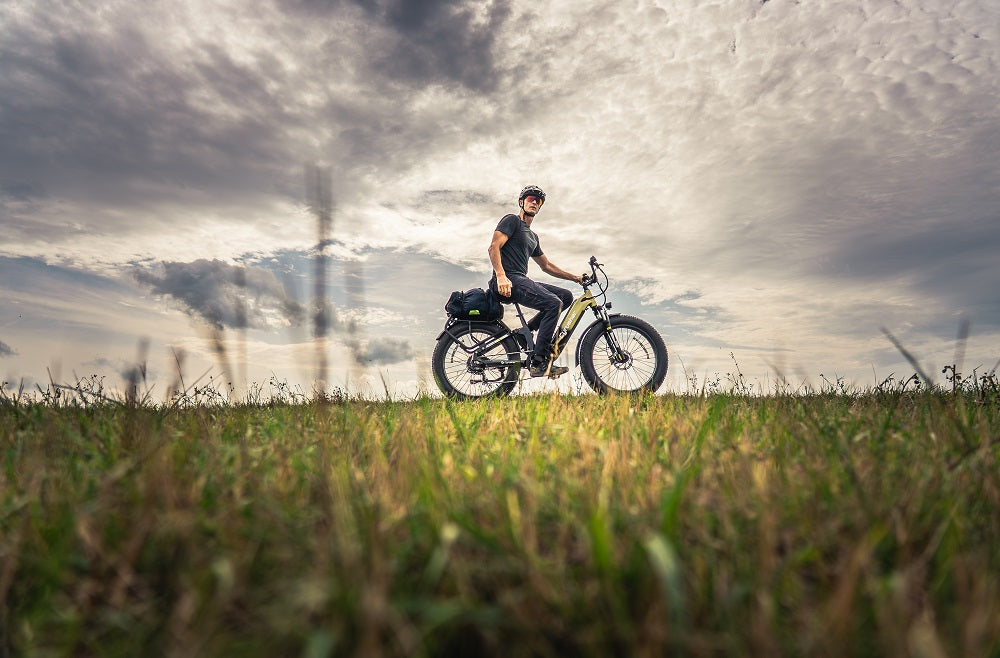
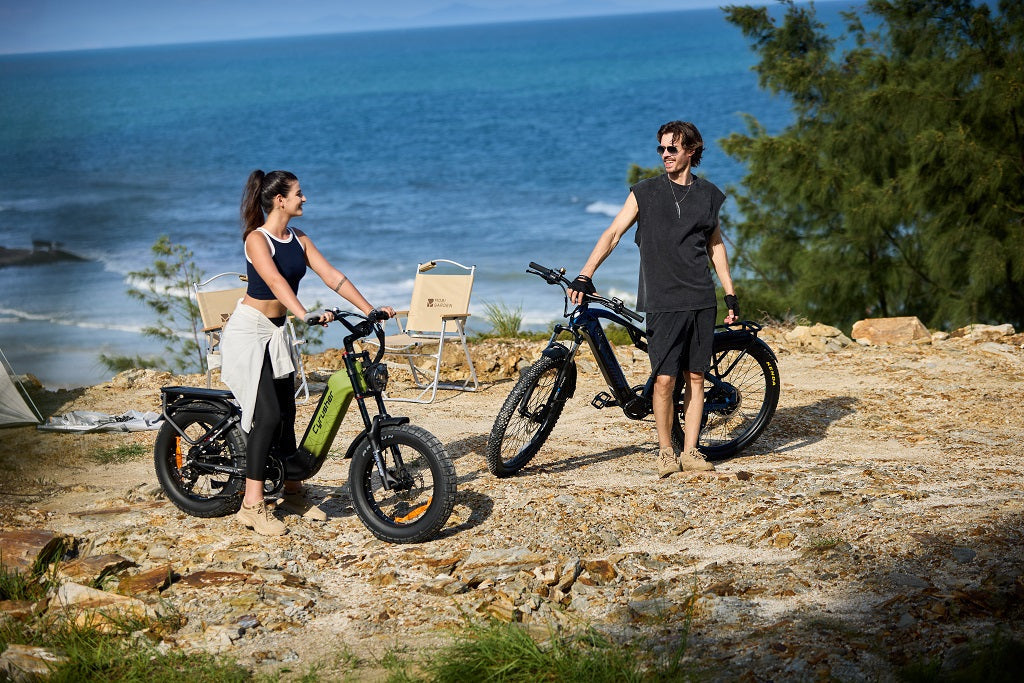
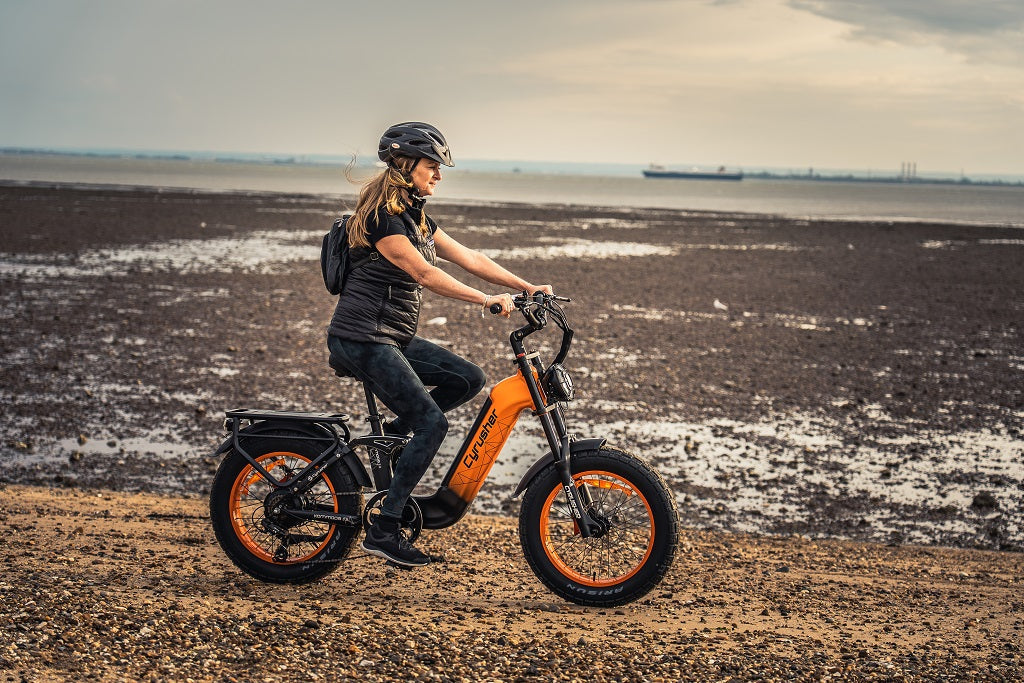
Share:
Cyrusher: 5‑Step Summer Ride Checklist
The Complete Guide to E-Bike Terrain Matching